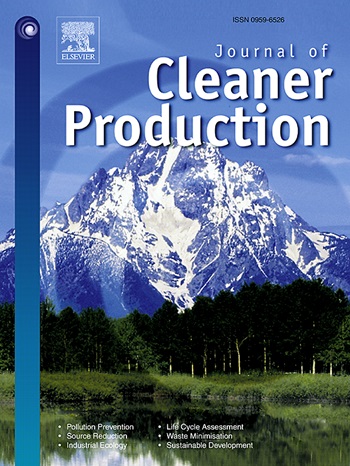Efficacy of Zirconium Hydroxide and Cerium Hydroxide for Carbon Dioxide Adsorption and Subsequent Ethylene Urea Synthesis
IF 9.7
1区 环境科学与生态学
Q1 ENGINEERING, ENVIRONMENTAL
引用次数: 0
Abstract
The elevating levels of atmospheric CO2 present a dual challenge of environmental degradation and the underutilization of potential carbon resources. Addressing these issues, our study explores innovative adsorbent materials, Zirconium Hydroxide (Zr(OH)₄) and Cerium Hydroxide (Ce(OH)₄), synthesized via both co-precipitation and sol-gel methods, for their efficacy in CO2 adsorption and conversion into ethylene urea (EU), a valuable chemical intermediate. Through meticulous characterization and comparative analysis, we discovered that sol-gel synthesized Zr(OH)₄ outperformed other synthesized adsorbents, displaying the highest pore volume (0.65 cm³/g) and average pore diameter (66.7 nm), indicative of internal hollow spaces and inter-particle pores, thereby enhancing porosity and CO₂ trapping efficiency. This material demonstrated a notable CO2 adsorption capacity of 1.18 mmol/g, exceeding that of co-precipitated Zr(OH)₄ (0.92 mmol/g), co-precipitated Ce(OH)₄ (0.25 mmol/g), and sol-gel synthesized Ce(OH)₄ (0.45 mmol/g). Following CO₂ adsorption, Zr(OH)₄ and Ce(OH)₄ were utilized in a reaction with ethylene diamine (EDA) in a 2-propanol solvent, achieving successful synthesis of EU. Remarkably, at 160 °C, sol-gel derived Zr(OH)₄ produced the maximum yield of EU (0.23 mmol), surpassing co-precipitated Zr(OH)₄ (0.16 mmol), co-precipitated Ce(OH)₄ (0.12 mmol), and sol-gel Ce(OH)₄ (0.12 mmol). Our findings underscore the potential of employing Zr(OH)₄, particularly synthesized via the sol-gel method, as an efficient CO2 adsorbent and accelerator in EU production. This research contributes to the field of CO2 capture and utilization and opens avenues for developing cost-effective and environmentally friendly processes for synthesizing industrially relevant compounds.求助全文
约1分钟内获得全文
求助全文
来源期刊

Journal of Cleaner Production
环境科学-工程:环境
CiteScore
20.40
自引率
9.00%
发文量
4720
审稿时长
111 days
期刊介绍:
The Journal of Cleaner Production is an international, transdisciplinary journal that addresses and discusses theoretical and practical Cleaner Production, Environmental, and Sustainability issues. It aims to help societies become more sustainable by focusing on the concept of 'Cleaner Production', which aims at preventing waste production and increasing efficiencies in energy, water, resources, and human capital use. The journal serves as a platform for corporations, governments, education institutions, regions, and societies to engage in discussions and research related to Cleaner Production, environmental, and sustainability practices.
 求助内容:
求助内容: 应助结果提醒方式:
应助结果提醒方式:


